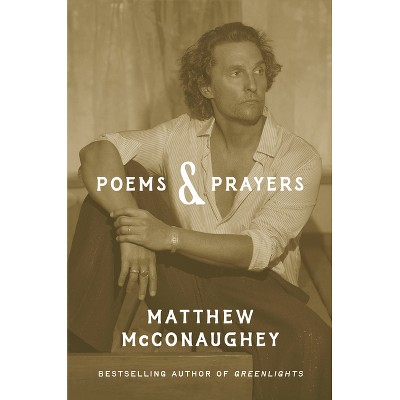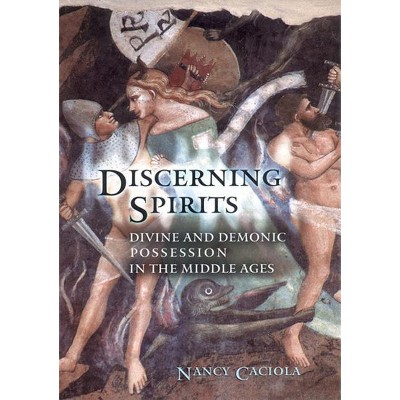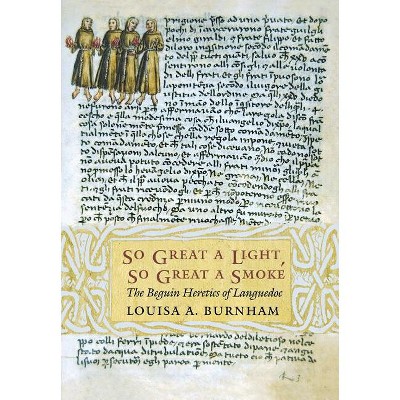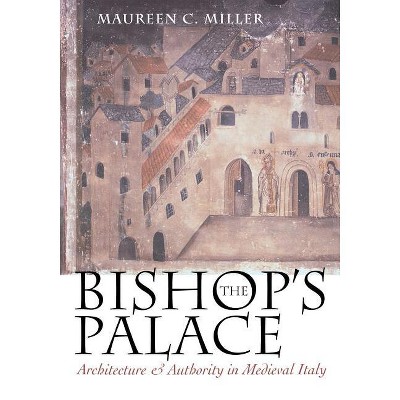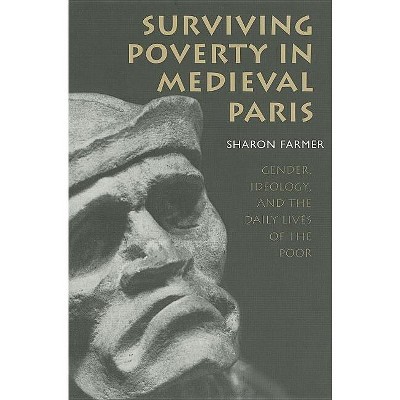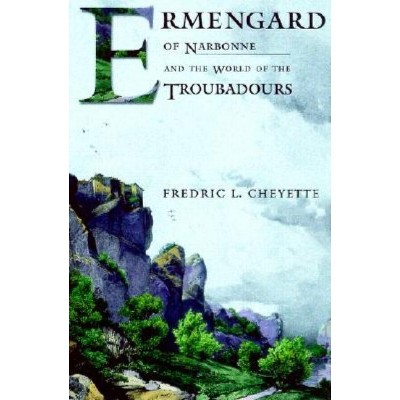Sponsored

The Transformation of a Religious Landscape - (Conjunctions of Religion and Power in the Medieval Past) by Valerie Ramseyer (Hardcover)
In Stock
Sponsored
About this item
Highlights
- The Transformation of a Religious Landscape paints a detailed picture of the sheer variety of early medieval Christian practice and organization, as well as the diverse modes in which church reform manifested itself in the eleventh and twelfth centuries.From the rich archives of the abbey of the Holy Trinity of Cava, Valerie Ramseyer reconstructed the complex religious history of southern Italy.
- About the Author: Valerie Ramseyer is Associate Professor of History at Wellesley College.
- 248 Pages
- History, Europe
- Series Name: Conjunctions of Religion and Power in the Medieval Past
Description
About the Book
Ramseyer traces the efforts by the archbishop of Salerno and the abbey of Cava to centralize ecclesiastical structures and standardize religious practices in medieval southern Italy.
Book Synopsis
The Transformation of a Religious Landscape paints a detailed picture of the sheer variety of early medieval Christian practice and organization, as well as the diverse modes in which church reform manifested itself in the eleventh and twelfth centuries.
From the rich archives of the abbey of the Holy Trinity of Cava, Valerie Ramseyer reconstructed the complex religious history of southern Italy. No single religious or political figure claimed authority in the region before the eleventh century, and pastoral care was provided by a wide variety of small religious houses. The line between the secular and the regular clergy was not well pronounced, nor was the boundary between the clergy and the laity or between eastern and western religious practices.
In the second half of the eleventh century, however, the archbishop of Salerno and the powerful abbey of Cava acted to transform the situation. Centralized and hierarchical ecclesiastical structures took shape, and an effort was made to standardize religious practices along the lines espoused by reform popes such as Leo IX and Gregory VII. Yet prelates in southern Italy did not accept all aspects of the reform program emanating from centers such as Rome and Cluny, and the region's religious life continued to differ in many respects from that in Francia: priests continued to marry and have children, laypeople to found and administer churches, and Greek clerics and religious practices to coexist with those sanctioned by Rome.
Review Quotes
"Based upon extensive archival research, this exceptional monograph, focused upon the Principality of Salerno, documents how a range of eclectic religious practices and institutions, drawn from both Greek and Latin Christianity, persisted beyond the era of Gregorian reform. Although the authority to reform derived from the papacy, which promoted uniformity, the region's archbishop and the abbey of Cava had considerable autonomy in practice to shape and implement reforms in ways suitable for the distinct religious culture of Salerno."
"This deeply impressive study of ecclesiastical life in Salerno reveals the enduring and creative coexistence of both the Greek and Latin Christian traditions in medieval southern Italy, as well as the limits of papal reform efforts in the eleventh and twelfth centuries to impose a Roman uniformity on this distinctive local church. Valerie Ramseyer demonstrates not only that ecclesiastical life in the Prinicipality of Salerno differed markedly from that in Carolingian Europe but also that it retained many of its distinctive features after the Gregorian reform. This highly significant and richly drawn portrait of the Salernitan church contributes to a new ecclesiastical history that acknowledges the rich diversity of Christian practice and institutional forms in medieval Europe."
--Maureen Miller, University of California, Berkeley"This interesting, intelligent, and useful book makes a valuable contribution to the relatively limited Anglophone literature on early medieval southern Italy and to the wider literature on the early medieval church."
--Graham A. Loud, University of Leeds"Valerie Ramseyer has written a major contribution to the religious history of tenth- to eleventh-century Italy with this book. The period is too often seen simply through the experience of Rome and the Popes; Ramseyer shows how the changes of the period occurred in the rest of Italy, through the experience of one of the leading towns in the South. We are all in her debt."
--Chris Wickham, University of BirminghamAbout the Author
Valerie Ramseyer is Associate Professor of History at Wellesley College.
Shipping details
Return details
Trending Non-Fiction


